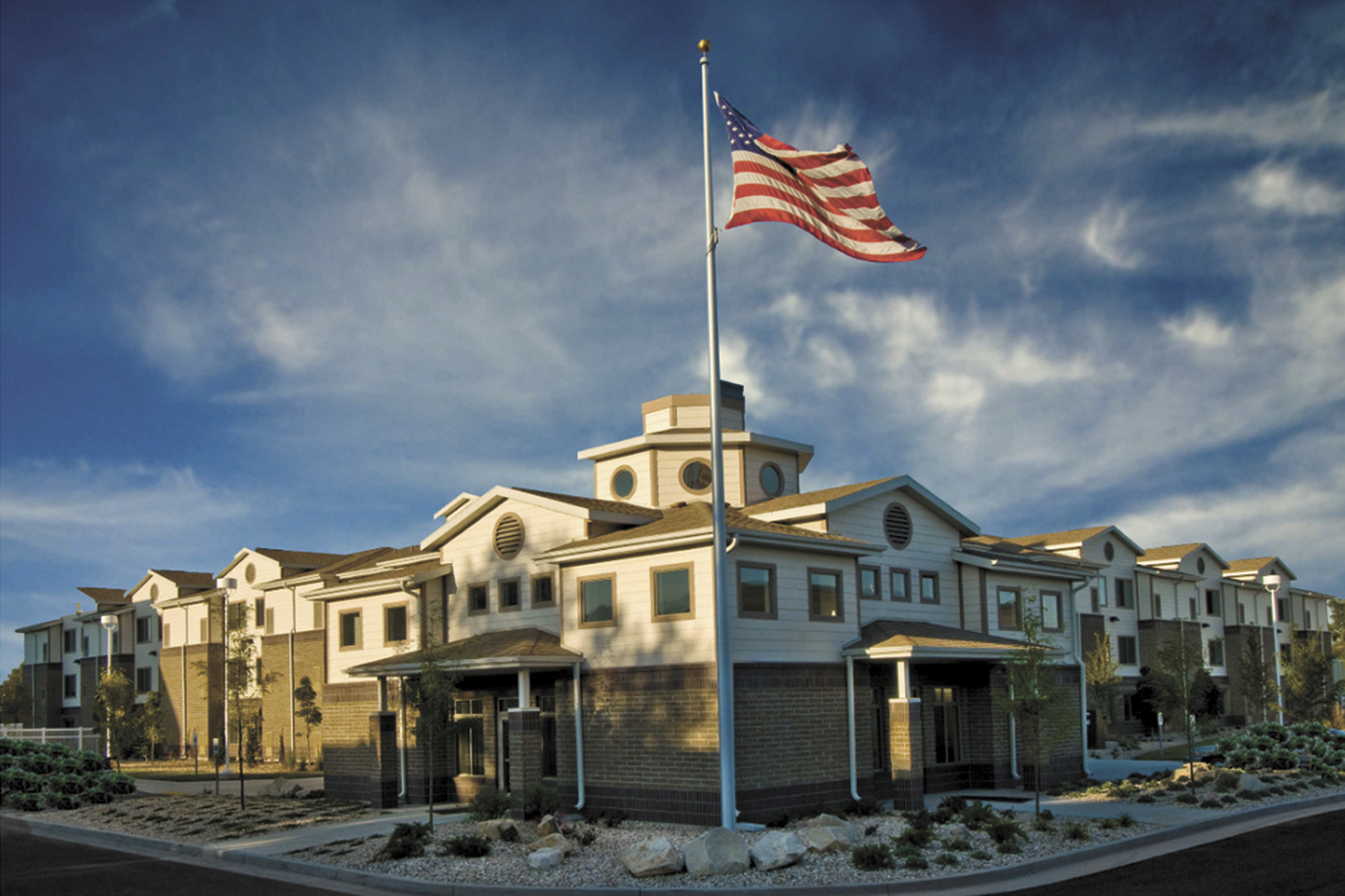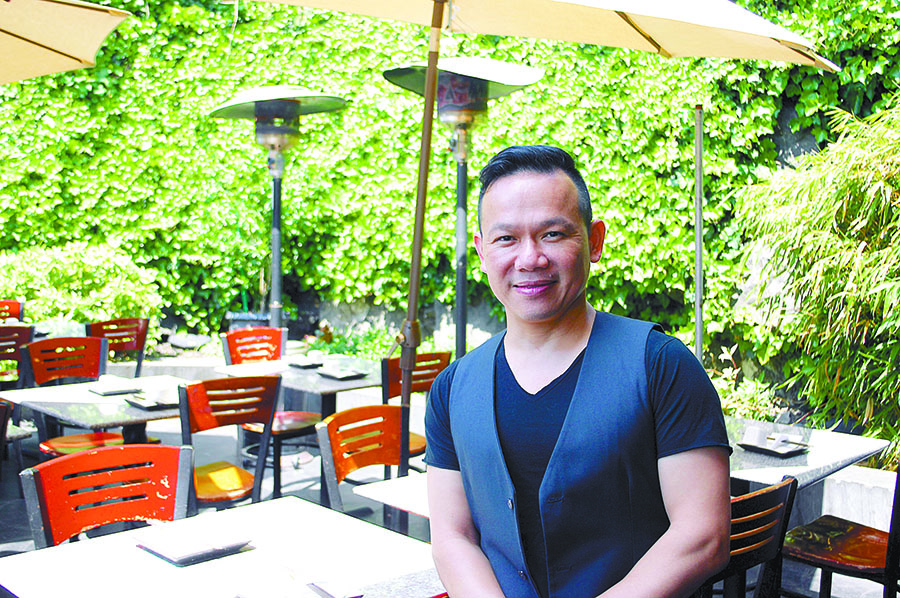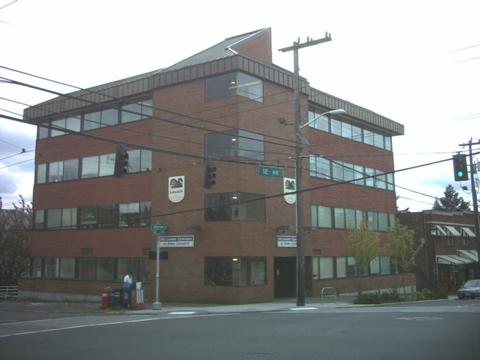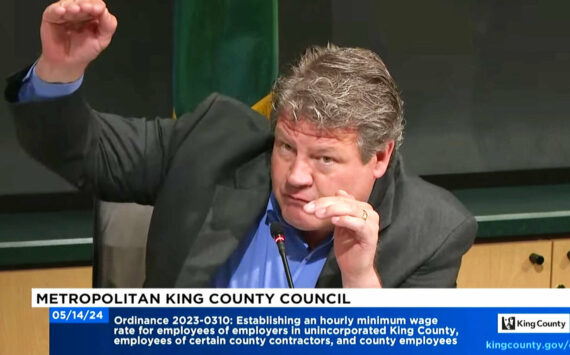It took Tolstoy six years to write War & Peace, the same amount of time consumed to build America’s Transcontinental Railroad. But of course the city of Seattle topped that when it came to rezoning the South Lake Union neighborhood — by two full years.
On Monday, after eight long years of planning and public hearings, the Seattle City Council will at last give its final approval for plans to radically reshape the 340 acres of land between Lake Union and Denny Way, an designated as an “urban center” in 2004 as part of the Seattle Comprehensive Plan. And so ends another tedious and often contentious chapter of what is not so affectionately known as the “Seattle Process.”
Few city neighborhoods have undergone as many transformations as has South Lake Union — from timber mills, commercial laundries, to florist warehouses and factories, one of which assembled Ford Model Ts. The latest metamorphosis of this scruffy chunk of terrain at the city’s geographic heart — about one-third owned by Paul Allen’s Vulcan Real Estate — is by far its most dramatic: Three 400-foot residential towers pinching the sky along Denny; two dozen 24-story towers rising up along Fairview and Dexter; three 160-foot (down from 240 feet) complexes on Mercer; high-tech office buildings with campuses containing the thousands of Amazon workers, the Gates Foundation, Fred Hutchinson, a whole research complex of the University of Washington.
Over the next 20 years, says city planner Jim Holmes, 12,000 new apartment will be added to the area and some 22,000 jobs. “It’s the most substantial level of growth of any neighborhood in Seattle,” he says.
From the outset, view-blocking building heights was the most controversial issue, that, along with the issue of affordable housing, which was finally resolved two weeks ago — to the chagrin of Vulcan.
The council on April 22 rejected Mayor Mike McGinn’s proposal to keep the affordable housing fee at the current rate of $15.15 per square foot of space that SLU residential developers use above existing height limits. Councilman Nick Licata argued for a $96 per square foot charge. In the end, the council chose to go along with Councilman Mike O’Brien’s more moderate $21.68 fee.
The council’s plan calls for builder’s to ensure that 5 percent of the new residential towers going into the high-density neighborhood be set aside for affordable housing. And if they don’t do so, then they’d have to pay an equivalent fee to the city, who would, presumably, invest the money into other neighborhoods.
The only unresolved issue is what to do with a 37,000-square-foot block of land known as “Block 59,” which Vulcan proposed handing over to the city in exchange for the ability to build taller than the current city zoning code permits.
“That remains in limbo,” said Councilman Richard Conlin. “We decided to defer making any decision.”
Conlin, meanwhile, bristles at suggestions that in the end, Vulcan got its way at the city’s expense. “We both got what we wanted. We got more housing, jobs, sales taxes on construction, more in property taxes.
“Developers will always find a way to make money, but I think we made out like bandits.”








